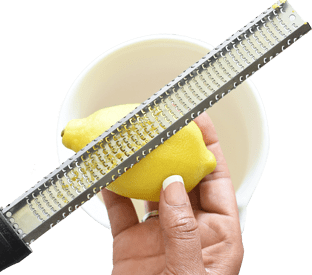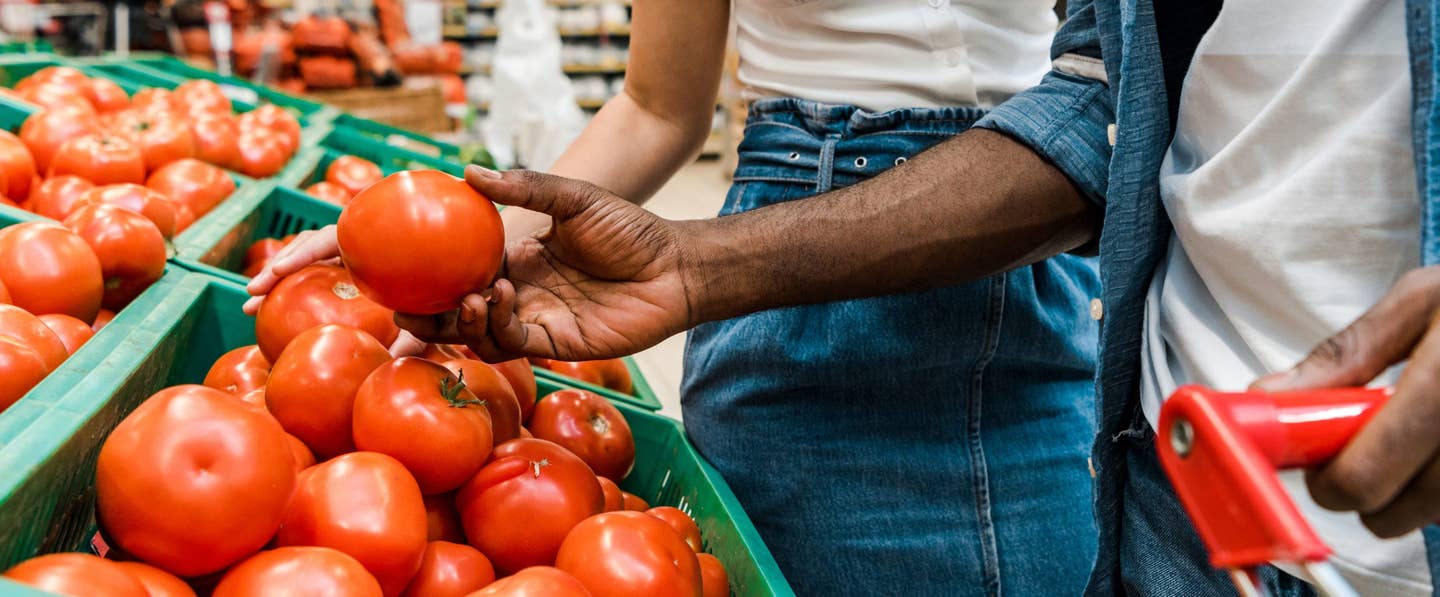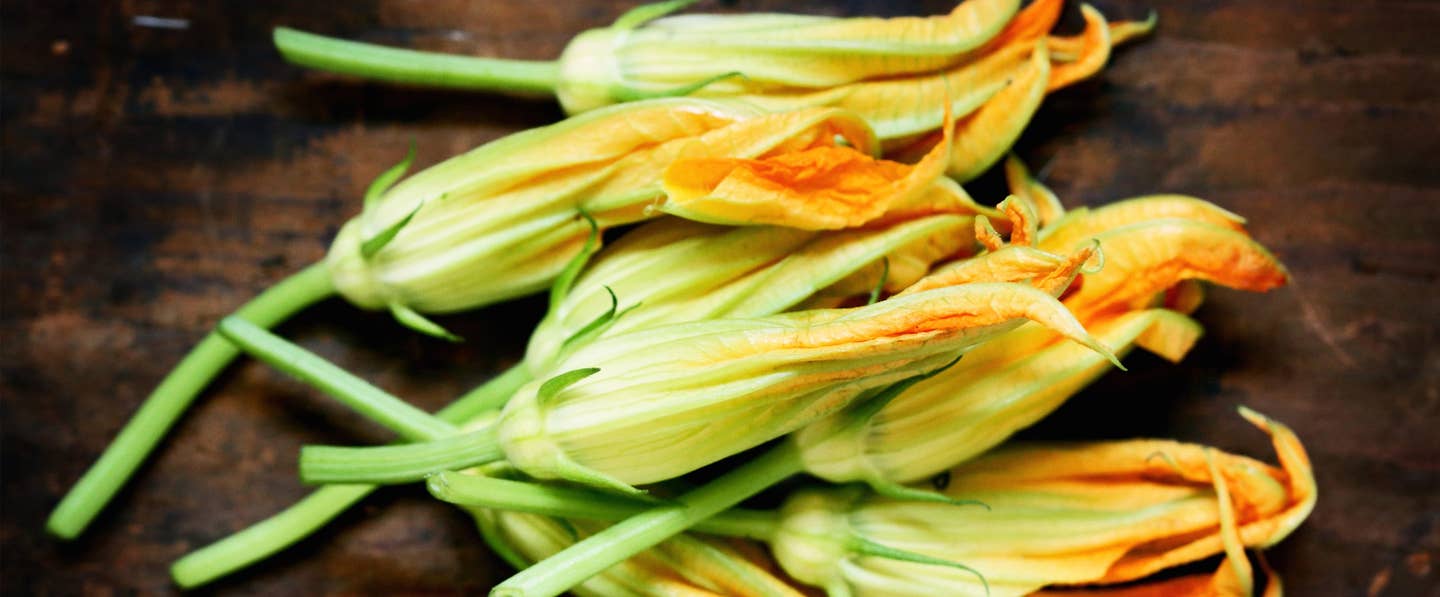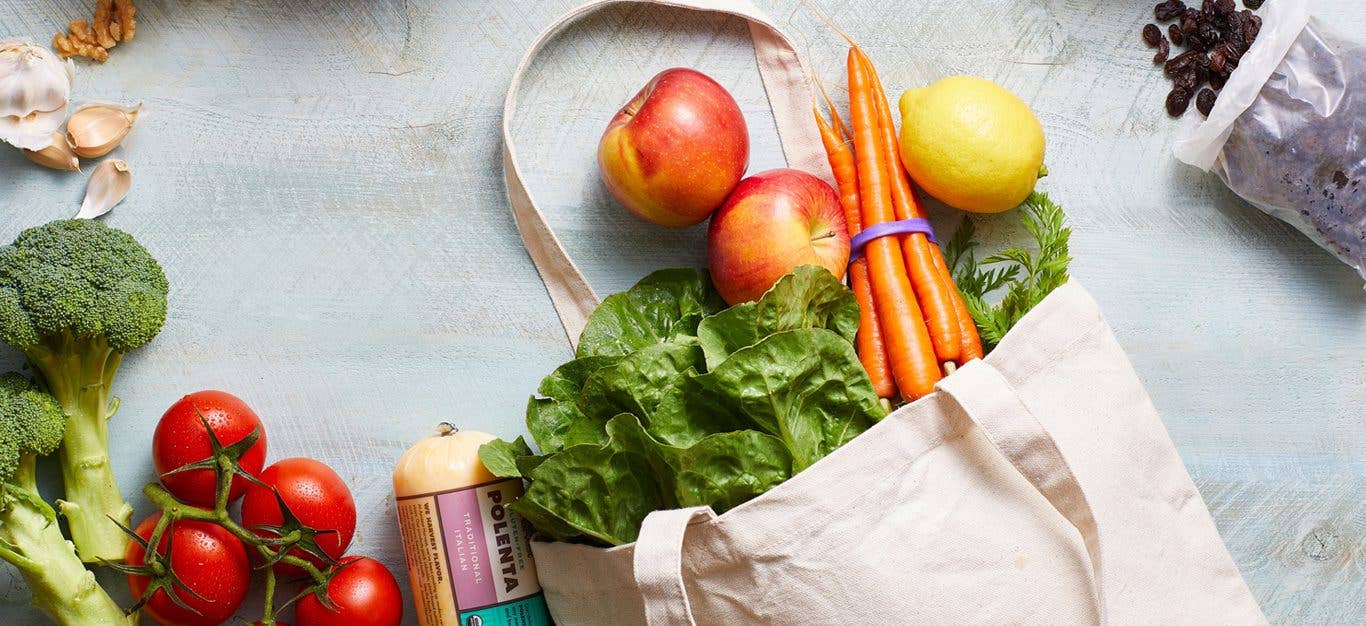Zucchini is an ultra-versatile vegetable. Read on for everything you need to know about the beloved summer bumper crop, including how to select, store, and prepare it; what to do with an oversize zucchini; and more.
What Is Zucchini?
Zucchini are members of the gourd family along with cucumbers, melons, and pumpkins (which are all fruits, botanically speaking, but regarded as vegetables when it comes to culinary use). They’re classified as summer squash because they’re harvested before they fully mature, while their skins are thin and tender and their seeds are small and edible. Yellow or crookneck squash—which has a bulbous base and thin, sometimes curved neck—is another summer squash cultivar and is usually grown and sold alongside zucchini.
The word zucchini comes from the Italian zucchino, which means “little squash.” North Americans adopted the word for the squash cultivar, which was first developed in Italy in the 19th century. Cooks in the British Isles appropriated the French word, courgette, for the veggies. They also have a separate term for a mature zucchini: marrow. (Kate Middleton famously made marrow jam for the queen the first time she spent Christmas with the royal family.)
Types of Zucchini
Dark-green, elongated zucchini varieties are probably the most familiar to cooks. Zucchini can also be jade green, lemon yellow, or striped, bulbous or round. Round zucchini varieties are especially good for stuffing.
How to Cook with Zucchini
Zucchini sometimes gets a bad rap as a vegetable that’s bland or watery. In truth, it has a delicate, grassy taste that surprisingly holds its own when paired with bold, spicy flavors. What’s more, zucchini’s tender flesh works well in everything from raw salads to slow-cooked stews.
Raw
Use sliced or diced raw zucchini the same way you would cucumber in salads and sushi. (Zucchini won’t be as juicy as cucumber but will give dishes a similar crunch.) Spiralize larger specimens to make “zoodles” for salads or Zoodle Rolls or shave lengthwise for a Ribboned Zucchini Salad.
Sautéed/Stir-Fried
Add sliced or diced zucchini to a veggie sauté or stir-fry, or water-fry zucchini slices or cubes in a skillet with garlic and/or onions for 5 to 6 minutes for a light, easy side dish. Quick-cook zucchini noodles in a large skillet for a veggie alternative to pasta.
Roasted/Grilled
When using zucchini in a roasted vegetable recipe or stringing chunks on kabobs, pair them with other veggies that cook in the same amount of time. Onions, eggplant, tomatoes, and mushrooms, like in our Grilled Squash and Mushrooms with Fresh Herbs, are all good choices.
To roast or grill zucchini on its own: Halve small zucchini lengthwise or cut larger specimens into ½-inch thick planks or coins. Place on a parchment-lined baking sheet, sprinkle with your favorite seasonings, and roast in a 400˚F oven for 30 to 35 minutes, or until browned and tender, turning once. Alternatively, you can cook the zucchini on a grill 5 to 8 minutes. Long slabs can go directly on the grill; rounds work better in a grill basket that keeps them from falling through the grates.
Stewed
Ratatouille wouldn’t be ratatouille without zucchini—and with good reason. Zucchini becomes velvety soft and meltingly tender and absorbs all the flavors of savory soups and stews.
Baked
We couldn’t have an article about zucchini without mentioning our Zecret Vegan Zucchini Bread. It calls for avocado along with grated zucchini to keep the cake-like treat moist and tender. Oven-baked fritters are another great use for grated zucchini.
Air-Fried
Make a batch of zucchini fries by cooking coins or strips in an air fryer 18 to 20 minutes at 400°F, shaking once or twice during the cooking time.
How to Choose and Store Zucchini
When shopping for zucchini, look for vibrant-colored vegetables with stems that don’t look woody or dry. Give each vegetable a squeeze to make sure it is very firm. Opt for small- to medium-size specimens, no longer than 8 inches and no heavier than ½ pound. Larger zucchini means larger seeds and thicker skin, which can both be tough or bitter.
Zucchini will keep up to 3 days at room temperature. In the refrigerator, zucchini will keep 1 to 2 weeks in a paper bag or dry, ventilated container.
Because of zucchini’s high moisture content, it should be blanched or cooked before it is frozen.
What to Do with Oversized Zucchini
On the vine, zucchini can grow as much as 2 inches in 24 hours, meaning they can go from tiny and tender to big and gourd-like in a matter of days. As zucchini get bigger, they become more like their other squash relatives with harder skin, bigger seeds, and spongier flesh. Once zucchinis reach this state, treat them like winter squash by peeling and seeding them before adding them to recipes.
When to Peel
The only time you should peel zucchini is if it’s extra large (see above) or has developed a bitter taste during storage. Otherwise, the skin gives zucchini dishes color, flavor, and additional nutrients.
How to Prepare Zucchini Flowers/Zucchini Blossoms
Bright yellow zucchini flowers, aka squash blossoms, are an extra bonus in a vegetable garden and a hot gourmet item in restaurants. Try filling them with a creamy dip and serving as an appetizer or slicing them lengthwise to add to salads. They also make a fabulous decoration for a Festive Sourdough Focaccia. Learn more about cooking with squash blossoms here.
Nutrition
One medium zucchini contains nearly 2 grams of fiber and is a good source of folate, potassium, and vitamin A. At just 33 calories, that medium zucchini is dense in nutrients but not calories.
Our favorite Ways to Eat Zucchini
Ready to get cooking? Check out our 24 Best Vegan Zucchini Recipes, from Bread to Soups to Salads.
For more guidance in healthy cooking, check out Forks Meal Planner, FOK’s easy weekly meal-planning tool to keep you on a plant-based path. To learn more about a whole-food, plant-based diet, visit our Plant-Based Primer.
Related News
Save 40% This WeekOn Forks Meal Planner

Forks Meal Planner takes the hard work out of making nutritious meals the whole family will enjoy.
SAVE $200 ON OUR ULTIMATE COURSE

Join our best-selling course at a new lower price!




